They didn't have time to play enough dolls
Categories: Children
By Pictolic https://pictolic.com/article/they-didnt-have-time-to-play-enough-dolls.htmlPhotographs of war always evoke indescribable feelings of pain and loss, and the evidence of such a terrible war as the Second World War will never leave anyone indifferent. Especially if these are portraits of young children and women, in which they smile and look with hope into a bright future, not knowing what a terrible fate awaits them.
We offer you a selection of photos from the archives of the Memorial Museum of the Disaster.
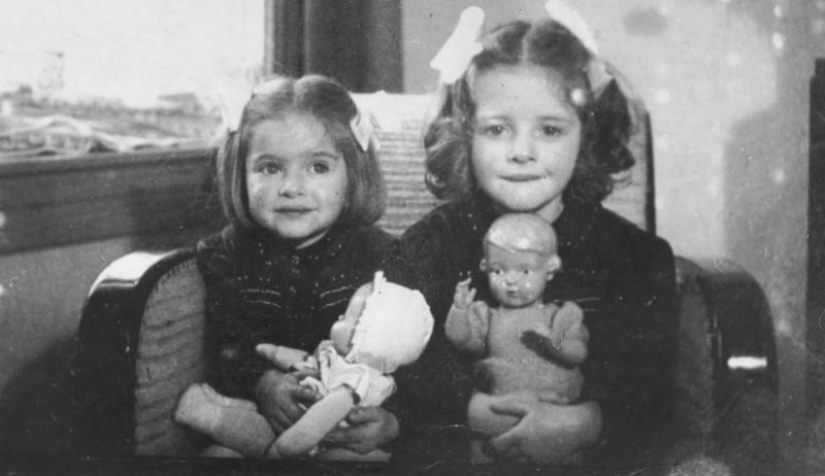

The Hague, 1942. Eva and Leana Munzer. Both will die in Auschwitz.
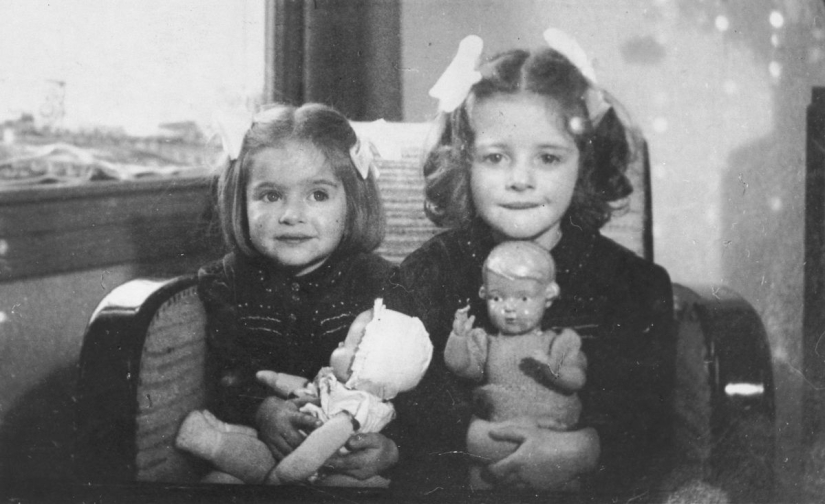
Berlin, 1925. Marion Bassfrend will leave for England in 1938. The Germans would kill her parents in November 1941 at the ninth fort in Kaunas.
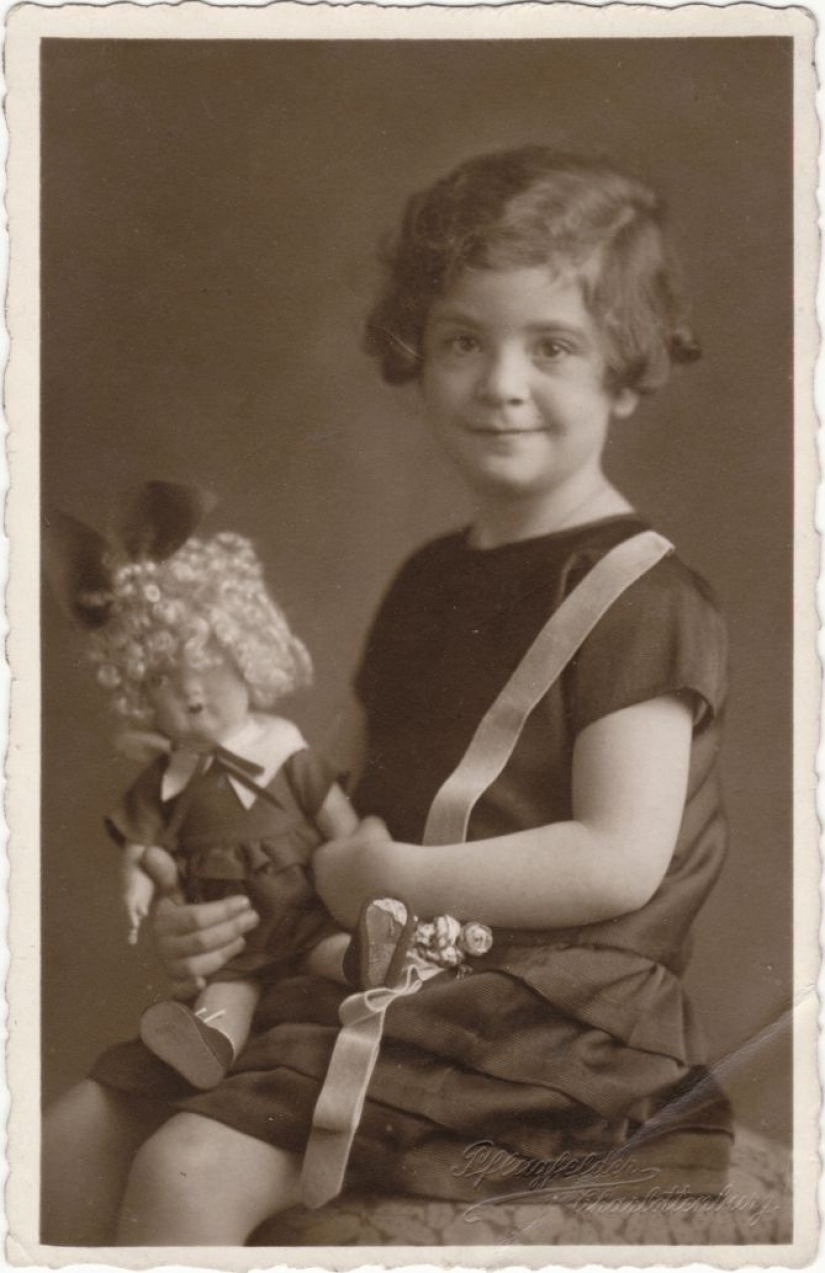
Amsterdam, 1941. Susan Hochher will die in Auschwitz in a year.
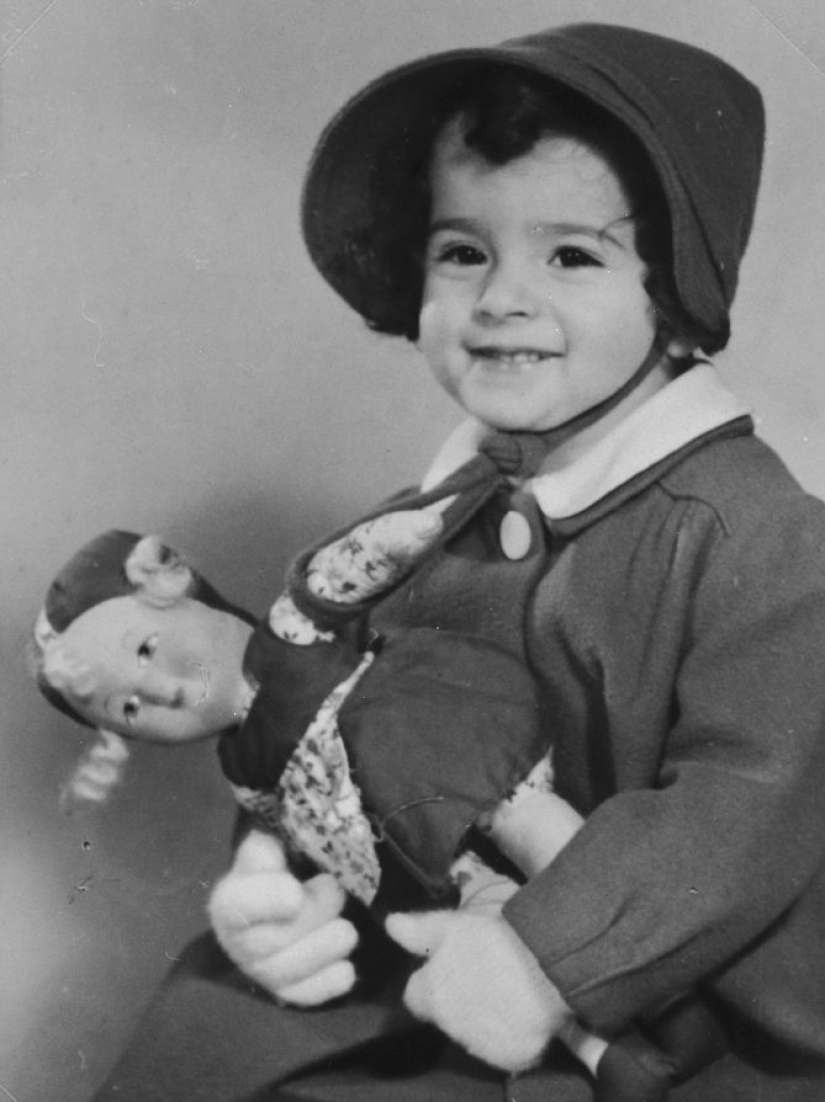
Poland, 1939. Esther Jocheved Meyersdorf and her doll.
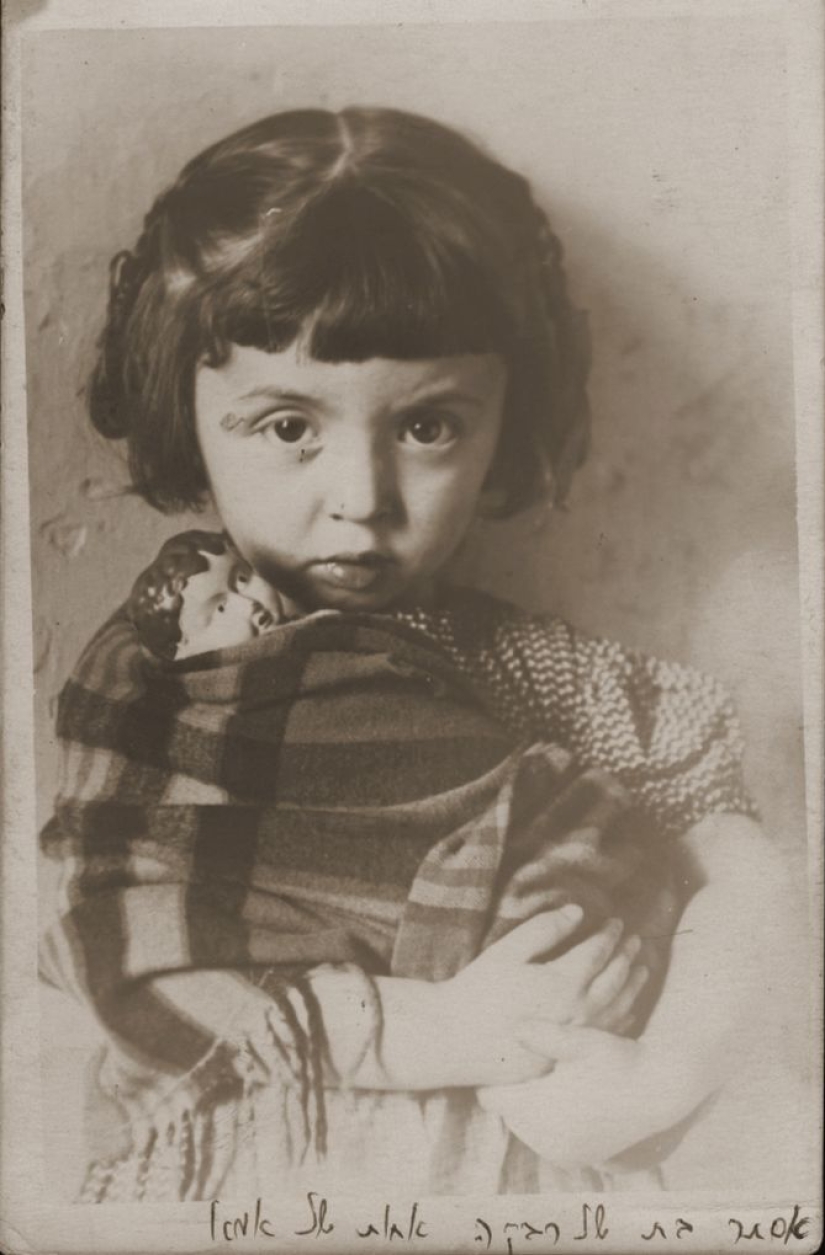
Amsterdam, 1941. Trudy Shenfield will be saved by a neighbor, Aunt Mimi.
Riding a bicycle past the courtyard where the arrested Jews were herded, Aunt Mimi told the guards that she had left her purse at home. They let her in, she grabbed Trudy by the hand and took her away with her. Trudy's parents were sent to Auschwitz, where they died. Aunt Mimi was a member of the resistance, she found a foster family for Trudy on the outskirts of Amsterdam. After the war, Trudy went to New York.
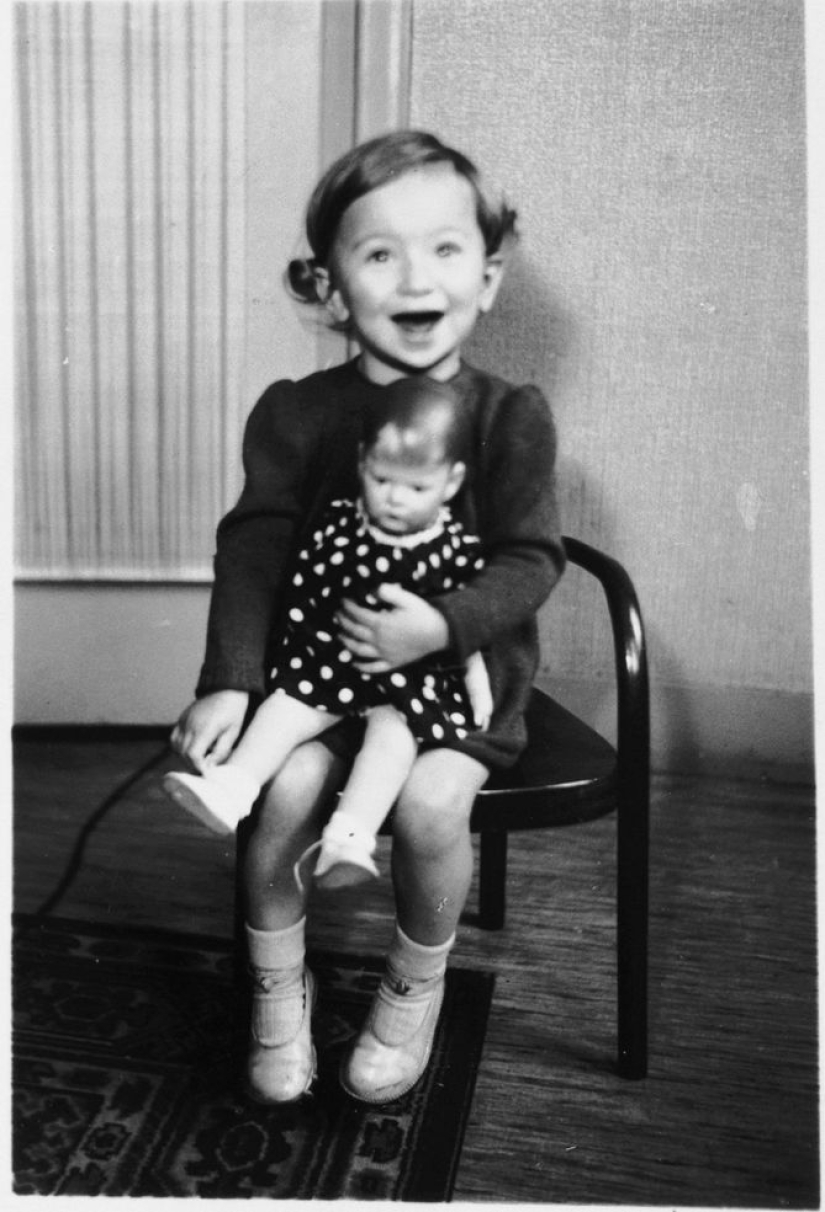
Kiryat Motzkin, 1951.
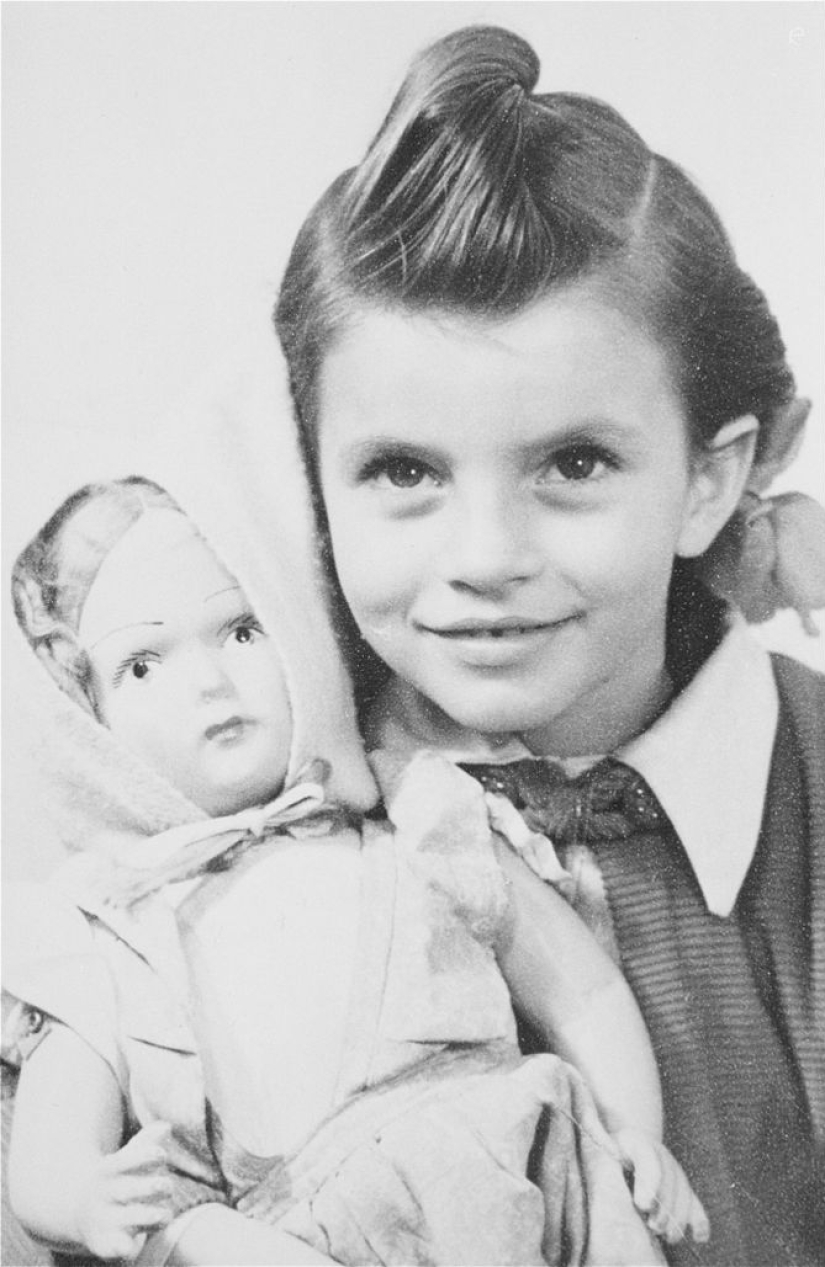
Susie Lowy is one of seven children born in Dachau in the winter of 1945 in the "pregnant ward" — a group of seven pregnant Jewish women from Hungary. Pregnant women, as a rule, were not left alive. It is believed that the SS saved this group for possible trades with the advancing Americans.
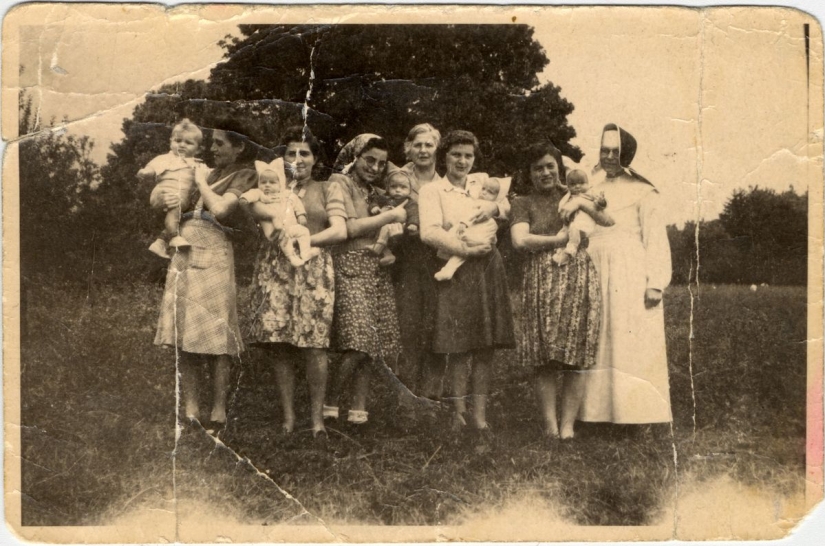
All seven women safely gave birth to healthy children. Here are two photos taken after the liberation.
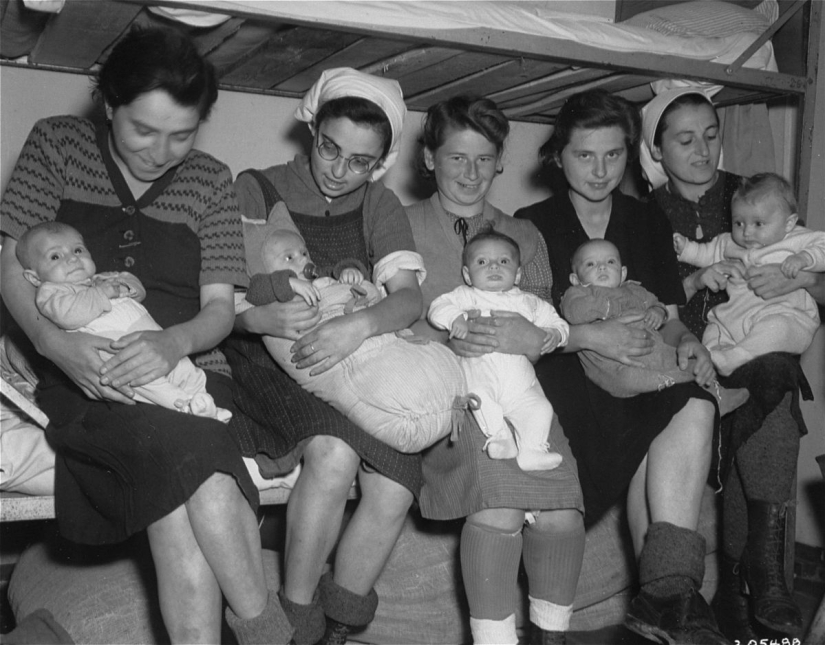
Feldafing (Bavaria), a camp for displaced persons, 1946-1947.
Reisele Kirkel lost her mother, sister and brother in Auschwitz. Her father survived the Dachau concentration camp and returned to Shauliai for her. Reisele was so used to her foster parents hiding her from the Germans for two and a half years that she did not want to return to her father (and the foster parents did not want to give her away). Reisele's foster mother's name was Elena Yakubite. Her father took her by force, after the intervention of the police, and took her with him first to Germany to a camp for displaced persons, and then to America.
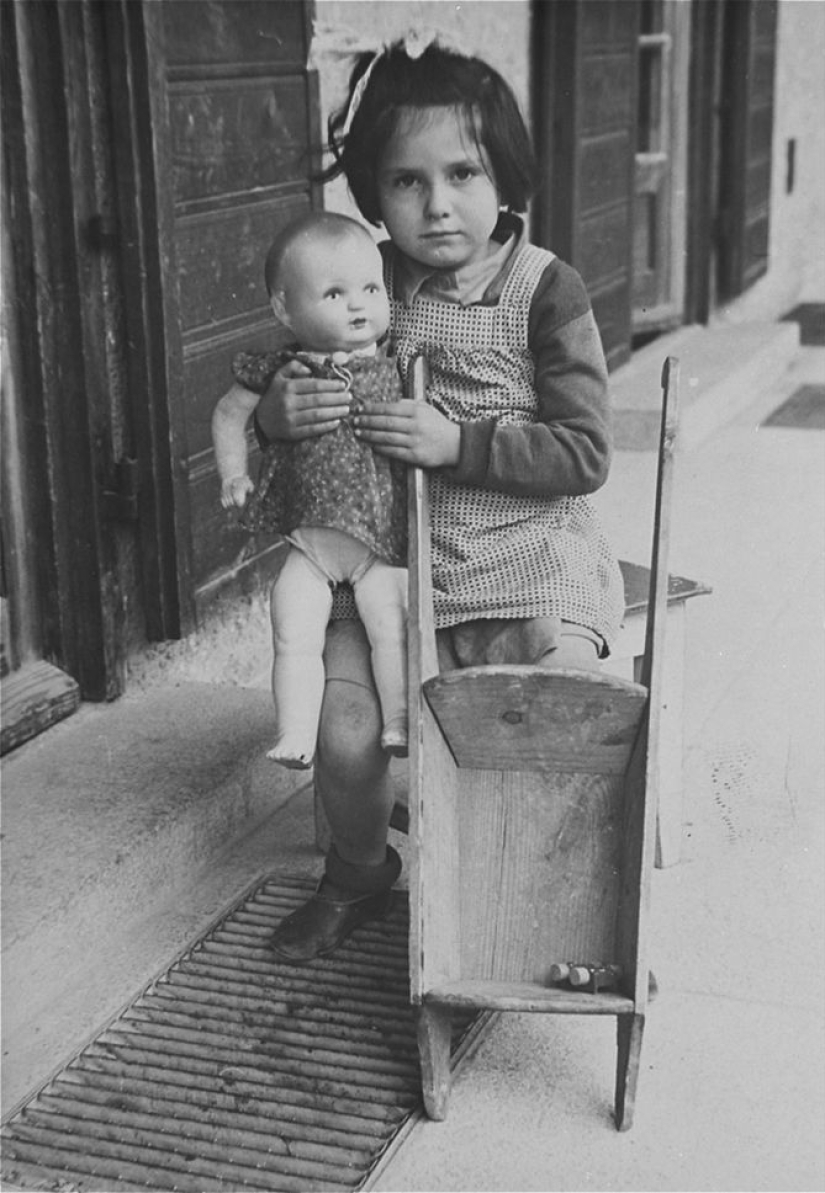
Poland, 1938. Julia Perelmuter lived in a ghetto in Lodz throughout the war. During the liquidation of the ghetto, her family was not deported for a very big crime: they were the ones who were left to "clean up" the ghetto after all the inhabitants were evicted from it.
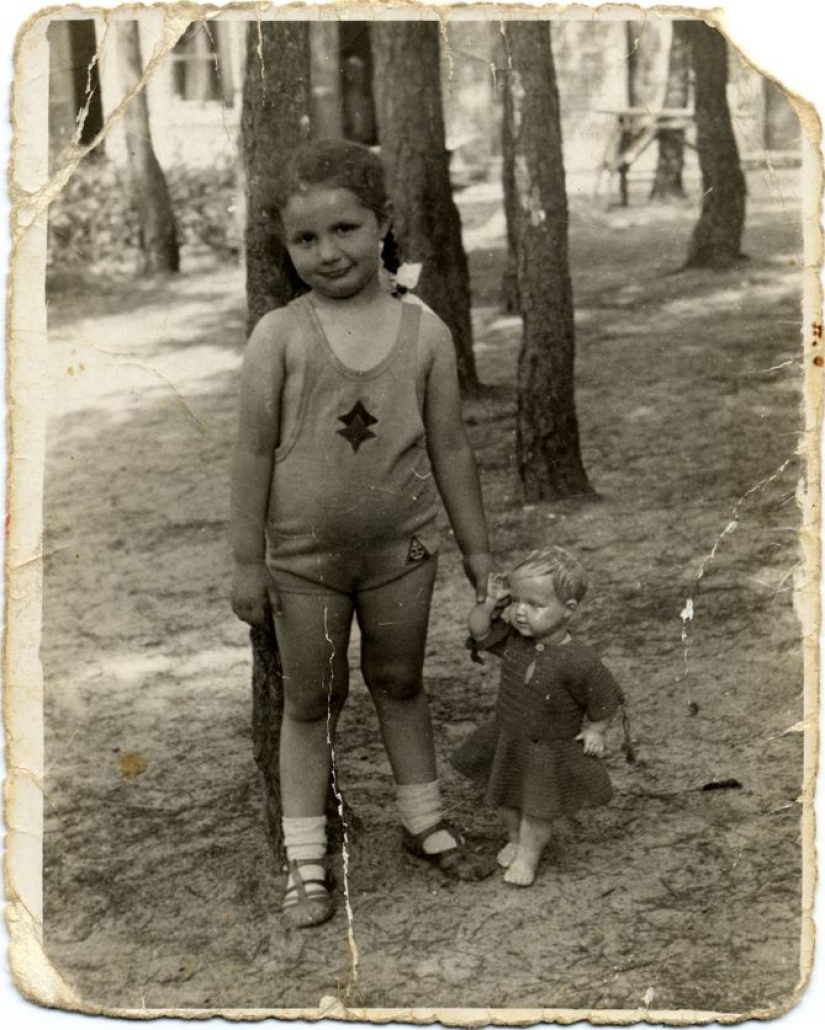
Lviv, 1943. Itta Keller at the house of the Pole Tadeusz Kobylko who hid her.
Itta Keller was born in July 1939 in Shtetl near Lviv. She had a mom, dad, grandmother and Aunt Fania. When the Germans occupied Lviv, in the midst of the raids, Aunt Fania accidentally met Tadeusz, and he offered to hide her under the guise of his wife. The priest who married them gave Aunt Fana false documents.
Then there was a new roundup in the shtetl, and Itta's mother and grandmother were sent to the Belzec concentration camp, where they died. The fate of her father is unknown. Before the raid, Itta's mother managed to hide her in the basement with a supply of water and food and send a note to Aunt Fana. A few days later, Tadeusz found Itta, put it in a bag and took it with him. Until the end of the war, Itta lived in the Kobylko family as their daughter Ira. At the same time, Tadeusz and Fani had a son Adam.
After the war, Tadeusz wanted to leave with Fania for Palestine and even accept a giyur, but he was not given permission to leave. Aunt Fania left alone with the children and never saw Tadeusz again. She alone could not support the children, and they had to be sent to a boarding school. Aunt Fania died in 1992, and Itta and Adam live in Israel.
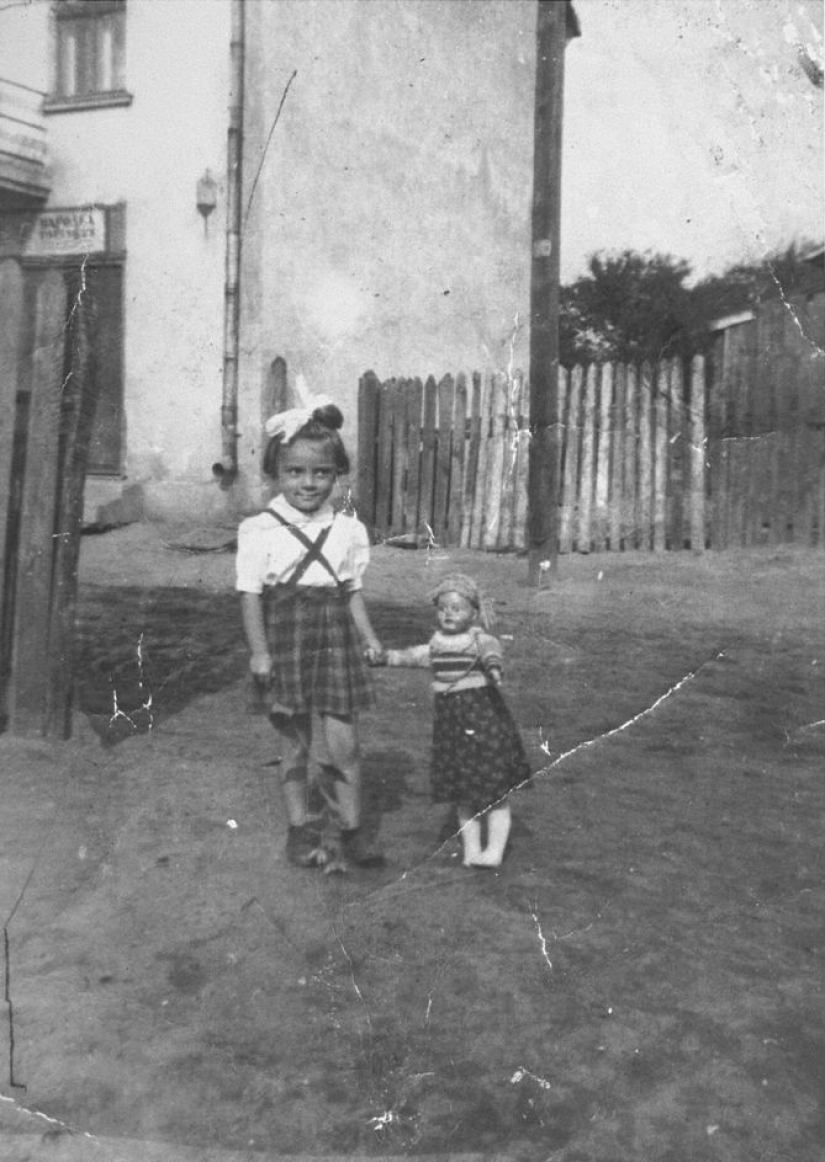
Harwich, England, Monday, December 12, 1938. A girl who arrived on the second steamship of the Kindertransport.

Harwich, England, Monday, December 12, 1938. Passengers of the second steamship "Kindertransport".

Kindertransport.
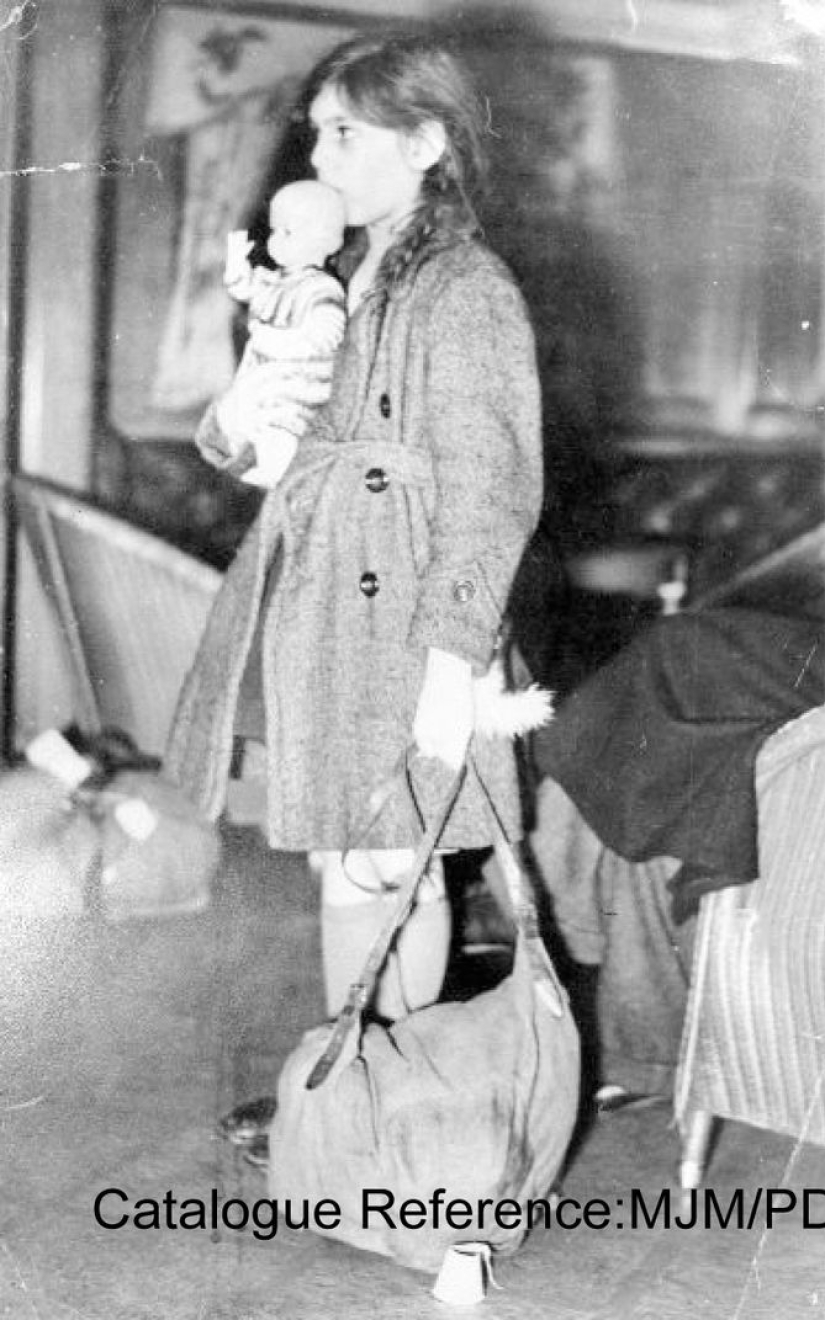
Frakfurt-on-Main, 1941. Miriam Menasse a year before her death in Sobibor.
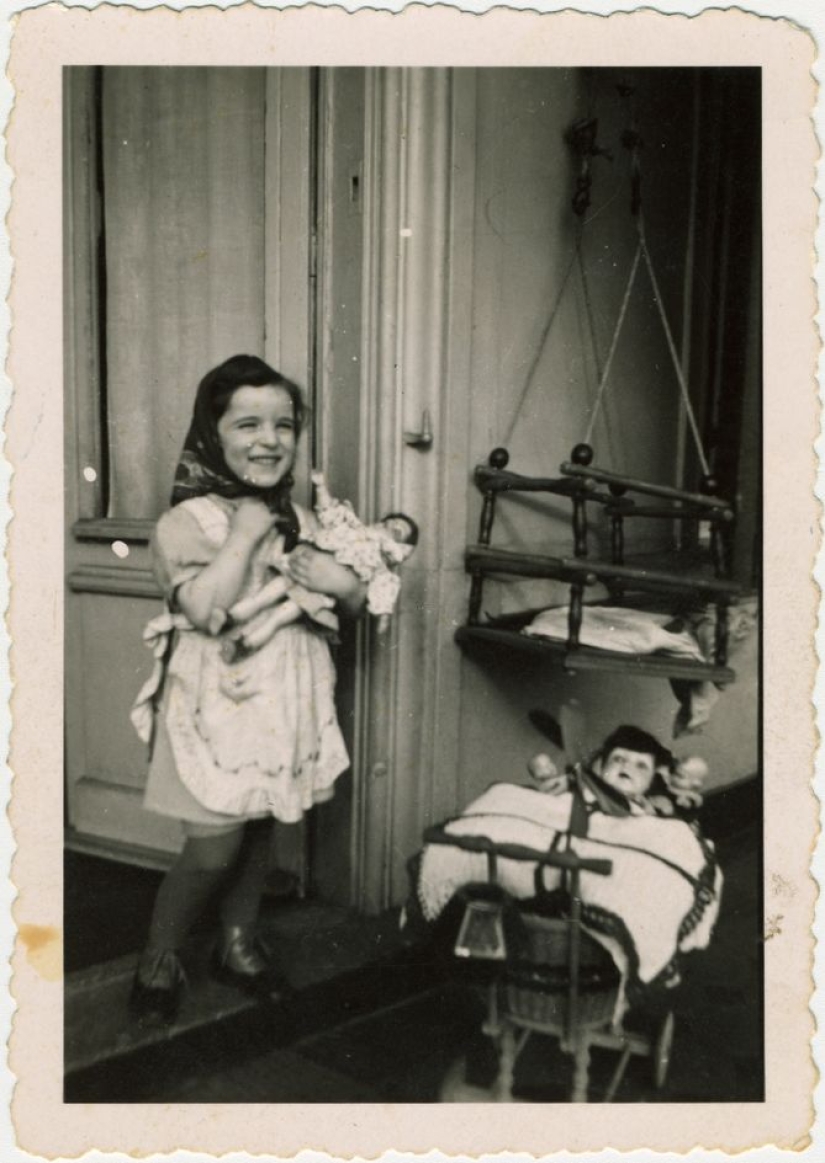
Almelo, 1942. Rachel Katz says goodbye to her dolls forever before going into hiding with a family of members of the Dutch resistance.

Paris, 1938. Blanche Karakowski. Her father will die in Auschwitz, and she and her mother will hide in Paris and on farms around the city until the end of the war. After the war, Blanche's mother would remarry, and they would all go to America together in 1953.
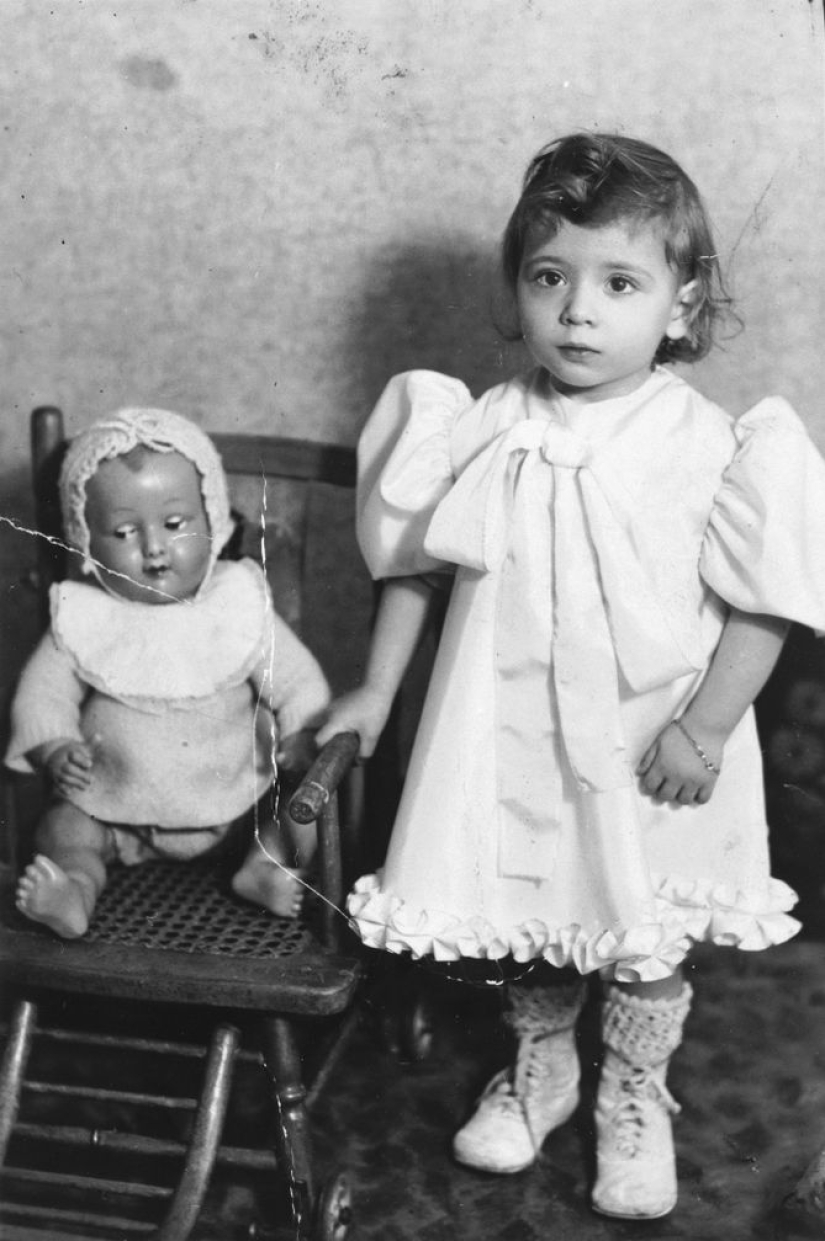
Post-war Hanukkah in Lodz, 1948.
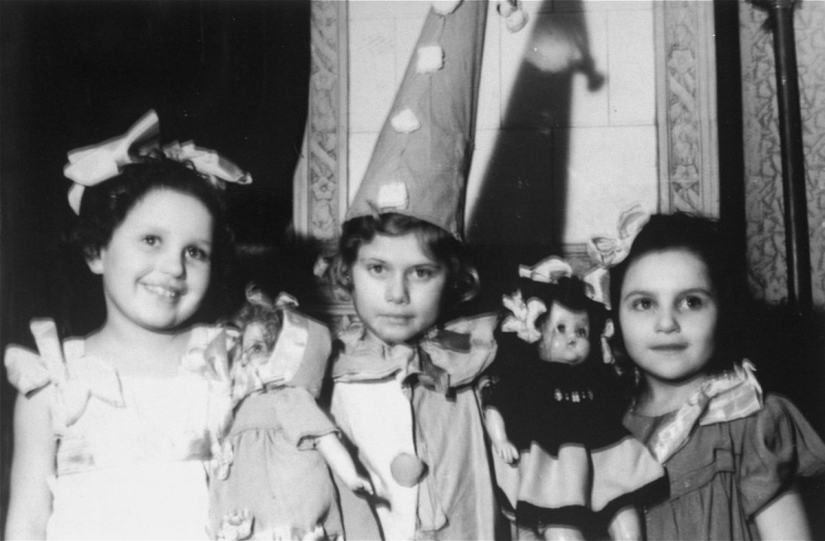
Poland, 1935. Lida Kleiman will be saved by nuns of several Catholic monasteries, her father is a priest of the Russian Orthodox Church. Lida's mother will die. After the war, Lida graduated from the Polytechnic in Wroclaw, married a classmate and left for Israel in 1957.
Keywords: Pain | World war II | Girl | Death
Post News ArticleRecent articles

Domestic cats have lived alongside people for thousands of years. Despite this, they remain no less mysterious and unpredictable to ...

Japan is deservedly considered one of the safest countries in the world. Even organized crime there has a "human face" ...
Related articles

General Dmitry Karbyshev — one of the Soviet commanders who performed his duty to the end. This man was captured in the battle, ...

The world community was shocked when in 2007 a dirty naked woman was found in the Cambodian jungle, who did not speak, could not ...

Palmateer felicity (Felicity Palmateer) began to photograph stunning mini-movie, which conquers the waves in Hawaii, Fiji and ...

The Red Wall (La Muralla Roja) apartment complex located in the Spanish city of Calpe, Alicante province, deserves the title of one ...